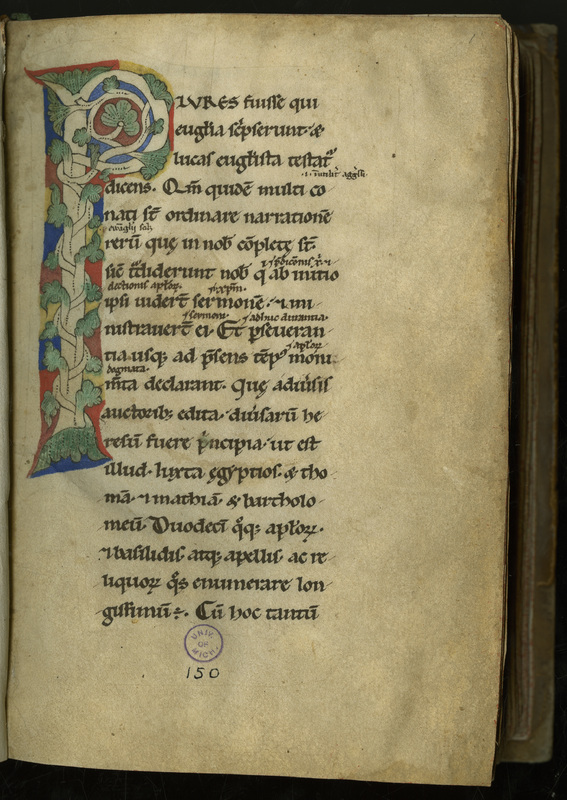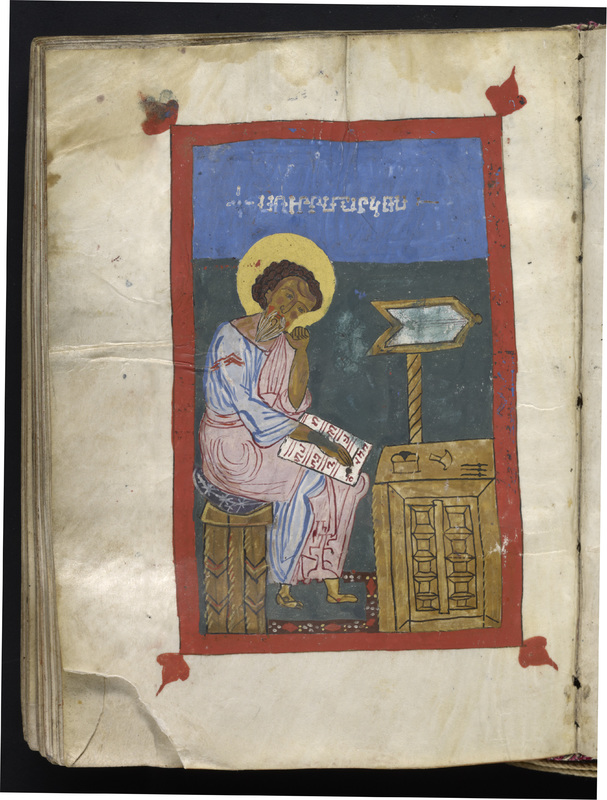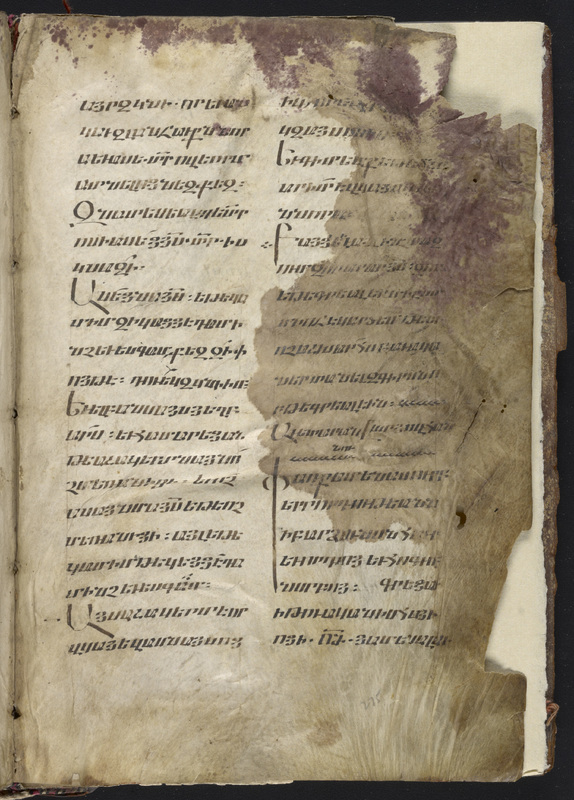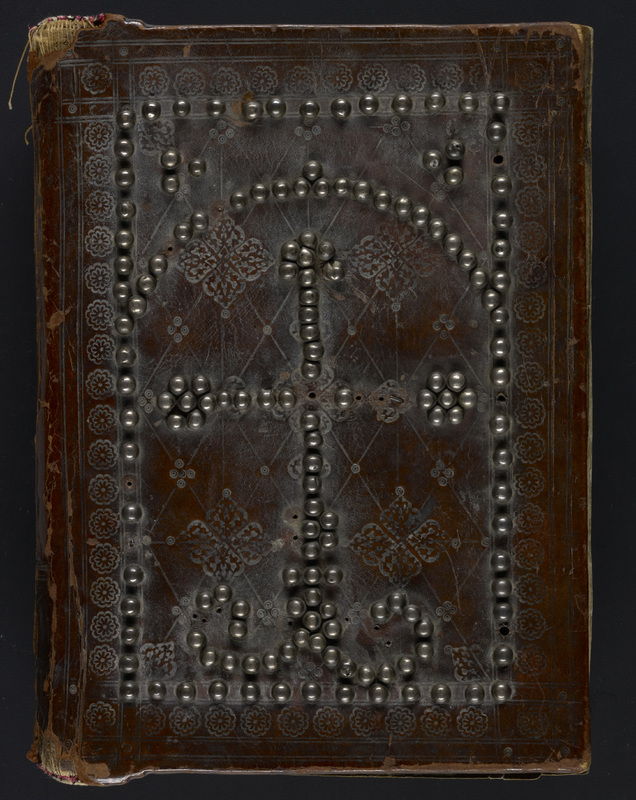The Bible in Armenian
Armenia was the first country to adopt Christianity officially when at the beginning of the fourth century St. Gregory the Enlightener converted the Arsacid king Tiridates III. In fact, this conversion took place two decades before the Emperor Constantine declared Christianity as the official religion of the Roman Empire in 324 CE. In the sixth century, a debate about the divine and human natures of Christ made the Armenian Church reject the conclusions of the Council of Chalcedon held in 451. Along with the Ethiopian, Coptic, Syrian, and the Syrian Church of South India, the Armenian Church constituted a group of five churches known as the Oriental Orthodox Churches.
The text of the Bible is called "Astuadsashuntch" in Armenian, which means "breath of God." This phrase refers to the importance given to the chanting of the Scriptures during worship. However, since Armenians did not have a written language of their own until the beginning of the fifth century, they read and chanted the Scriptures by using manuscripts written in Syriac and Greek in Persia and Byzantine Armenia respectively.
The twelfth-century Armenian manuscript discussed in this section (Mich. Ms. 141) was written in classical Armenian, whose thirty-six letter alphabet had been invented in 405 by a priest called Mesrop Mashtots. Shortly after the introduction of the alphabet, the first translation of the Bible was made by St. Sahak from a Syriac manuscript. Between 433 and 436, a more accurate version was made based on a Greek text, suggesting the beginning of a period of cross-cultural influences between the Byzantine and Armenian manuscript traditions. For instance, as seen above, the composition of the full-page illumination of the evangelist Mark sitting at his desk clearly recalls the illumination of that same evangelist in our Byzantine Four Gospels, Mich. Ms. 22.
As we saw in an example of a Byzantine Bible, Mich. Ms. 34, the beginning of the Gospel in this Armenian manuscript is also marked by an exquisitely decorated headpiece and initial. See the image of Mich. Ms. 141 above.
The colophon of Mich. Ms. 141, as displayed above, indicates that this manuscript was written in the Church of Mother of the God in Edessa (modern Urfa in southeastern Turkey) in 1161 by the priest Vasil from an exemplar written by Konstantine Urfayets'i and commissioned by K'ristap'or and his wife Aygots'. Edessa is located fifty miles east of Hromklay (modern Gaziantep) which would become the seat of the Armenian bishop in 1166.
According to a second colophon on fol. 276r, this manuscript was rebound in 1697 by the deacon Yovannēs Marzuants'i at the Church of Charkhapan Surb Astuadsadsin in Amasya (northern Turkey). As shown in the image above, the binding consists of blind-tooled leather in a diaper pattern of diamonds, lozenges and flowers over wooden boards. The front cover is covered with metal studs in the shape of a cross with an arc above and surrounded by a frame.

The Byzantine Bible

The Latin Vulgate




